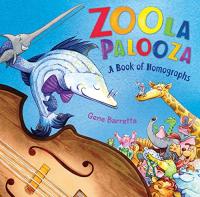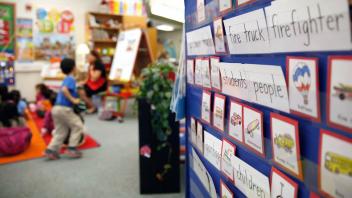Key Information
Focus
When To Use This Strategy
Appropriate Group Size
What is a word wall?
A word wall is a collection of words that are displayed in large visible letters on a wall, bulletin board, or other display surface in a classroom. The word wall is designed to be an interactive tool for students and contains an array of words that can be used during writing and reading.
Key features of a word wall
Word Collection: The wall includes a selection of words that are relevant to the current curriculum, thematic unit, or the students’ grade level. These words can include high-frequency sight words, vocabulary words, or words related to a particular subject.
Organization: Words on a word wall are often organized alphabetically, categorically, or thematically. This helps students locate and reference words easily.
Visual Aids: Words are often accompanied by visual aids such as pictures or illustrations to reinforce understanding. This is particularly helpful for early learners and English language learners.
Interactive Elements: Some teachers use interactive elements on the word wall, such as movable cards or pockets, to engage students in activities like word matching, sorting, or creating sentences.
Reference Tool: The word wall serves as a reference tool to support students’ reading, writing, and spelling. It provides a visual reminder of words they have learned or are currently studying.
Why use word walls?
- They provide a visible reference for high-frequency words
- They help students see patterns and relationship in words, thus building phonics and spelling skills
- They help students learn vocabulary related to classroom reading, including content area vocabulary
- They provide reference support for children during reading and writing activities
How to use word walls
- Make words accessible by putting them where every student can see them. They should be written in large black letters using a variety of background colors to distinguish easily confused words.
- Teachers and students should work together to determine which words should go on the word wall. Try to include words that children use most commonly in their writing. Words should be added gradually — a general guideline is five words per week.
- Use the word wall daily to practice words, incorporating a variety of activities such as chanting, snapping, cheering, clapping, tracing, word guessing games as well as writing them.
- Provide enough practice so that words are read and spelled automatically and make sure that words from the wall are always spelled correctly in the children’s daily writing.
- Update the word wall periodically to reflect new words and concepts introduced during the course of instruction.
- Use content-area material from the curriculum rather than randomly selected words.
- Word walls should be referred to often so students come to understand and see their relevance.
Watch a lesson (whole class)
Watch primary students using an Interactive word wall with words related to the unit of study (both domain specific and academic vocabulary). Students manipulate the words as they discuss relationships among the words and ideas. There are many ways to use an interactive word wall; this video shows students doing concept mapping.
Watch a lesson on developing academic language (whole class)
Watch classroom virtual tour
Students are exposed to new and interesting words and write them on a vocabulary wall. (Balanced Literacy Diet: Putting Research into Practice in the Classroom)
Collect resources
Ask students to hunt for words in their reading and writing that fit the phonic or word study pattern being studied. These words can create a word wall that illustrates examples of the different patterns studied. Students could keep a word study notebook to record the known patterns and their new understanding about words, and can play games and activities that apply their word knowledge.
- Word wall activities › (adapt for elementary school)
- More word wall activities ›
- Word wall resources on Pinterest ›
- Printable word wall lists by content area and vocabulary units (Teachnology)
Learn more about creating engaging word walls
- Interactive Word Walls Enliven Vocab Learning (Middle Web)
- Building a Better Word Wall (Edutopia)
Differentiate instruction
For second language learners, students of varying reading skill, and younger learners
- Word walls are a great support for ELLs, and may be organized around a number of concepts, including the alphabet and phonetic sounds, new vocabulary words, sight words, grammar rules, conversational phrases, and writing structures. Words can also be organized by category (for example, academic words, words used often in your classroom, new words students have come across and love).
- Copying words from word walls may be difficult for some students. For these students, supply them with the words written on piece of paper. Tape the word wall paper to their desk or writing folder for easy reference.
Extend the learning
Math
Word walls in math can provide visual cues and graphic representations of content. Consider using a math word wall that has three parts: key vocabulary, “in your own words” definitions, and a variety of ways to portray a function. For example, multiplication is portrayed by the following symbols: x, *, and ( ).
Number sense, concepts, and operations word wall
The purpose of the mathematics word wall is to identify words and phrases that students need to understand and use so as to make good progress in mathematics. Mathematical language is crucial to children’s development of thinking. If students do not have the vocabulary to talk about math concepts and skills, they cannot make progress in understanding these areas of mathematical knowledge. They need to be familiar with mathematical vocabulary and mathematical terms to understand written and spoken instructions. See math word wall resources ›
More ideas for word walls in math
Many teachers are familiar with basic word wall strategies including the use of a flashlight (to put the light on words) and a fly swatter (to highlight words). Teachers are also familiar with tested favorites like bingo; I Have, Who Has; and Mind Reader, but they really wanted other ideas. The purpose of this post by Dr. Deborah Wahlstrom is to identify additional ways to use word walls with mathematics content. More math word wall ideas ›
Science
Using interactive word walls in science
Science is a vocabulary-intense subject that is dependent on students learning new and often times difficult vocabulary to increase comprehension and help them make connections between and among concepts. When science students are given the opportunity to interact with the vocabulary, they are more likely to remember it.
Ideas for using the words on your wall are only limited by your imagination. Some examples include:
- Students categorize and sequence from largest to smallest (cell, bacteria, yeast, tissue, ribosome, organ, organism, organ system, protozoa, virus) Variation: Students are given vocabulary words, and their classmates must arrange them in the correct order and justify the placement.
- Students remove words from the wall and make connecting statements about the words. The class can then create a summarizing statement, for example: cells make up tissues, and tissues make up organs.
For more ideas like these, read the full post by Toni Enloe.
See the research that supports this strategy
Bear, D. R., Invernizzi, M., Templeton, S., & Johnston, F. (2000). Words their way: Word study for phonics, vocabulary, and spelling. Upper Saddle River, NJ: Prentice-Hall.
Children’s books to use with this strategy

One Is a Snail, Ten Is a Crab: A Counting by Feet Book

Who Has These Feet?
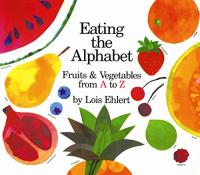
Eating the Alphabet

A Seed Is Sleepy
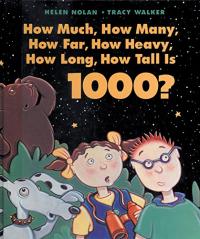
How Much, How Many, How Far, How Heavy, How Long, How Tall Is 1000?

Mummy Math: An Adventure in Geometry
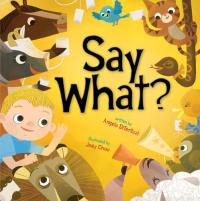
Say What?
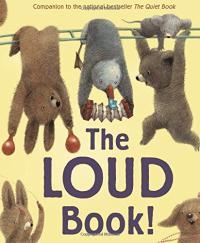
The Loud Book
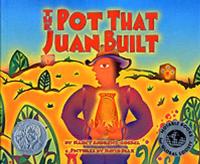
The Pot that Juan Built

Where Does the Garbage Go?
